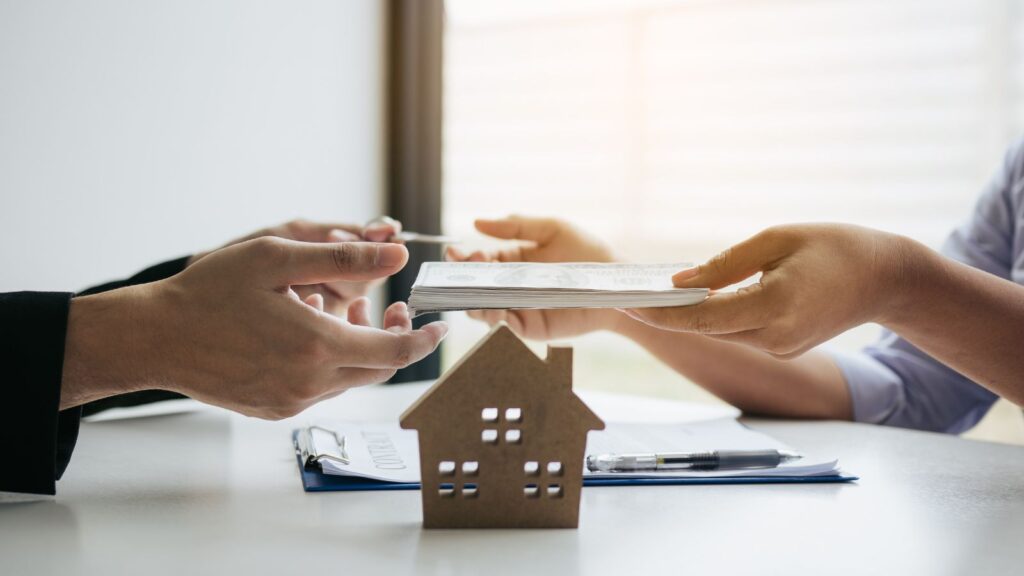Purchasing a home is an exciting milestone, but it comes with more than just the price of the property. While the purchase price often takes center stage, a range of other costs should be factored into your budget to ensure a smooth transaction and financial stability afterward. From upfront expenses to ongoing financial commitments, having a clear understanding of these costs will help you make an informed decision and avoid surprises.

Upfront Costs to Secure Your Home
When buying a house, the down payment is one of the most significant upfront costs. This amount typically ranges from 3% to 20% of the home’s purchase price, depending on the type of loan you secure and your lender’s requirements. A larger down payment can reduce your monthly mortgage payments and potentially eliminate private mortgage insurance (PMI).
Closing costs are another upfront expense that often catches buyers off guard. These fees, which usually amount to 2% to 5% of the home’s purchase price, include lender fees, title insurance, appraisal costs, and home inspections. These services ensure the transaction is legal, secure, and fairly valued. Additionally, some buyers opt for pre-paid costs, such as homeowners’ insurance and property taxes, which are often required to be paid upfront at closing.
Moving expenses may not seem substantial at first glance, but they can add up quickly. Whether you’re hiring professional movers or renting a truck for a DIY move, you should include the cost of transportation, packing materials, and any storage solutions you might need if there’s a gap between moving out and moving in.
Budgeting for these upfront costs will help you enter the home-buying process prepared and confident, ensuring a financially manageable transition to homeownership.
Ongoing Mortgage Payments
Your mortgage payment is the primary recurring cost of homeownership, covering the loan principal and interest. The exact amount depends on the size of the loan, the interest rate, and the loan term. Fixed-rate loans ensure consistent payments, while adjustable-rate mortgages (ARMs) can fluctuate over time.
Beyond the principal and interest, most mortgage payments include escrowed amounts for property taxes and homeowners insurance. These costs vary by location and coverage needs but can significantly impact your monthly expenses. Some buyers opt to pay taxes and insurance separately rather than through their lender, so choose the method that aligns best with your financial preferences.
If you’re required to pay PMI, factor that into your monthly payments as well. PMI is typically needed for loans with less than a 20% down payment and can cost hundreds of dollars each month until you reach sufficient equity.
Understanding the components of your mortgage payment ensures there are no surprises after you close on your home. Keeping these ongoing costs manageable is key to enjoying your new property without financial strain.
Property Taxes and Homeowners Insurance
Property taxes are a recurring expense tied to the value of your home and the local tax rate. Rates vary significantly by region, and some areas reassess property values periodically, leading to potential increases in your tax bill over time. It’s wise to research local property tax rates during your home search to understand how they might affect your budget.
Homeowners insurance safeguards your property from fire, theft, and natural disasters. Costs vary based on your home’s location, size, features, and chosen coverage level. Certain locations may require additional coverage, such as flood or earthquake insurance, which can add to your overall costs.
Both property taxes and insurance are often included in your monthly mortgage payment if escrowed, but if you pay them separately, setting aside funds regularly is essential to avoid large lump-sum payments. These recurring costs are crucial to homeownership and should be calculated carefully as part of your long-term financial planning.
Maintenance and Repairs
Owning a home comes with the responsibility of maintaining and repairing the property over time. While some costs are predictable, such as routine upkeep for HVAC systems, others can be unexpected, like replacing a roof or fixing plumbing issues.
To prepare for these expenses, many homeowners set aside 1% to 3% of their home’s value annually for maintenance and repairs. This proactive approach ensures you have funds available when something needs attention, avoiding the stress of unexpected out-of-pocket expenses.
Some maintenance tasks, like lawn care and gutter cleaning, can be done yourself to save money. However, major repairs or specialized services, such as pest control or structural assessments, often require professional help, which can be costly.
Planning for maintenance and repairs is essential for preserving your home’s value and ensuring it remains a safe and comfortable space for years to come. Factoring these costs into your budget will help you anticipate potential issues and enjoy peace of mind as a homeowner.
Utilities and Other Living Expenses
Utility costs can vary widely depending on the size and efficiency of your home, local rates, and your household’s usage patterns. Common utilities include electricity, gas, water, sewer, and trash services. Some homes may also have additional costs, such as HOA fees, which cover community amenities and shared services.
Energy-efficient features, such as upgraded windows, insulation, or solar panels, can help reduce utility costs over time. If energy efficiency is important to you, consider these factors when selecting a home or plan for potential upgrades after purchase.
Additionally, lifestyle expenses like internet, cable, and security systems contribute to your overall budget. While these are not directly related to the home’s infrastructure, they are common costs of modern living that should be accounted for.
Factoring in utility and living expenses ensures you have a realistic view of the day-to-day costs of owning a home, allowing you to enjoy it fully without financial surprises.
Future Investment in Your Home
Homeownership often offers opportunities to invest in your property, such as renovations, upgrades, or landscaping. These investments enhance your living experience and can increase your home’s resale value over time.
Kitchen and bathroom remodels, for example, tend to yield high returns on investment, while energy-efficient upgrades can reduce long-term costs. Landscaping projects can boost curb appeal and create enjoyable outdoor spaces, but they require regular maintenance to retain their value.
Before undertaking any projects, it’s important to prioritize based on your needs and budget. Some improvements may qualify for tax credits or rebates, further enhancing their value. Balancing these projects with other financial commitments ensures your home remains both a personal haven and a sound investment.
Carefully planning future investments helps you maximize the benefits of homeownership while maintaining financial stability. These projects allow you to tailor your home to your lifestyle while building equity for the future.
Start Planning Your Home Purchase Today
Buying a home is a significant financial commitment, but understanding the full scope of expenses helps you prepare and budget effectively. When you’re ready to take the next step in your home-buying journey, reach out for personalized guidance tailored to your goals. Let’s work together to make your transition to homeownership a seamless and successful experience.

